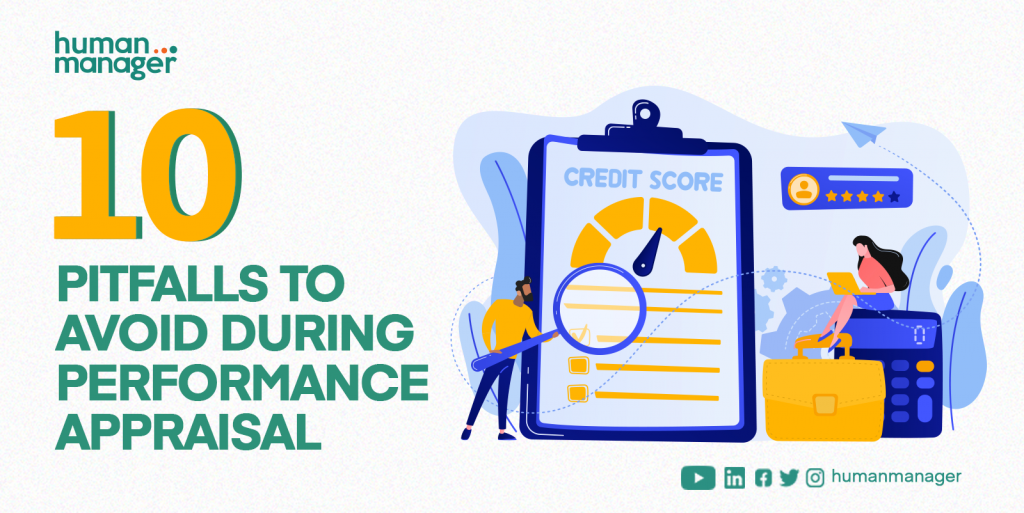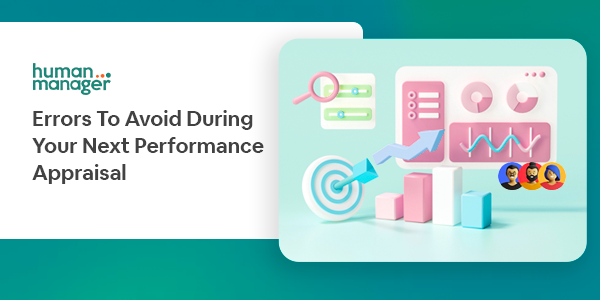By Olakunle Yusuff
Effective feedback in the workplace is essential in fostering growth and improvement. You may wonder: What does a well-structured model for effective feedback look like? It includes critical steps that guide the sender and receiver toward a constructive and actionable outcome, especially in a multi-generational workplace.
Here’s a model with key steps that make feedback effective and supportive:
- Ask Permission
Starting by asking permission to give feedback sets a respectful tone for the conversation. It allows the recipient to prepare mentally and foster a more open and receptive environment.
An example could be, “Do you have a few minutes to discuss the recent project?” This approach not only conveys courtesy but also increases the likelihood that the recipient will engage positively with feedback.
- Timing is Important
Timing is crucial. Feedback is most effective when given soon after the observed behaviour or event, while details are fresh and relevant. Addressing the issue promptly shows that you value improvement and allows for more immediate corrective action if necessary.
- Focus on Facts When Describing a Situation
Begin by describing the specific behaviour or situation objectively, without assigning blame or using accusatory language. Stick to the facts and avoid generalisations. For example, “In yesterday’s meeting, I noticed that the agenda was not followed completely, and we ran out of time for several key points.” This approach helps the recipient understand exactly what behaviour or outcome you are referring to.
- Ask for Reflection
Asking the recipient to reflect on their actions/outcomes encourages self-awareness and ownership of the situation. A simple, “How did the meeting go?” allows them to share their perspective, which can provide insight and foster a collaborative atmosphere for problem-solving. This can lead to greater buy-in when discussing ways to improve.
- Suggest Practical Steps for Positive Change
Offer constructive suggestions rather than imposing solutions. For instance, “One way to stay on track could be to set a time limit for each agenda item.” Providing suggestions keeps the tone supportive and shows that you’re invested in their success.
- Brainstorm Alternatives
Involving the recipient in brainstorming alternative actions or strategies can make the feedback process more dynamic. Collaborate to explore solutions that align with the individual and organisation’s goals. This could be as simple as asking, “What other approaches could we try to keep future meetings on track?”
7. Encourage Accountability & Ownership
After discussing alternatives, confirm that the individual is committed to making the suggested changes. A straightforward question like, “Does this sound like a plan you can follow?” or “I am available anytime, just drop a message or a call” reinforces their accountability and builds a sense of ownership over the agreed actions
- Agree on Follow-Up
To ensure progress, set a time to check in on the changes. “Let’s touch base in a week to see how things are going,” gives the individual a target to work towards and shows that you’re available for support as needed.
By following this model, feedback becomes a constructive, respectful, and action-oriented process that promotes continuous improvement and strengthens relationships.
Olakunle Yusuff is the Brand & Marketing Lead at HumanManager Limited. In this blog, he shares strategies for fostering open communication, building stronger teams, and driving workplace productivity through meaningful feedback.


